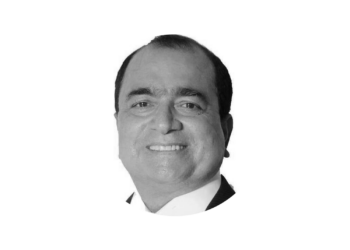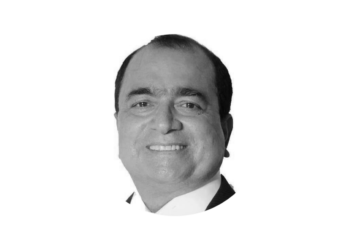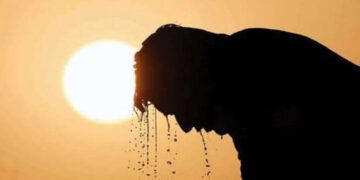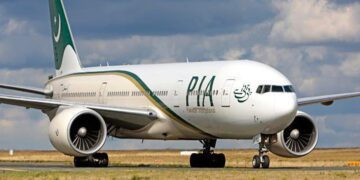Now that Imran Khan’s government has been ousted, we can conclude that it has been a complete failure on the economic front. While the entire attention has been diverted to the political crisis, we have been distracted from the economic disaster left behind.
Imran Khan became Prime Minister on August 18, 2018, and was ousted on April 8, 2022. During the past three and half years, the economic situation has worsened, inflation has soared and the country’s debt has piled up. Amid the political narrative, there has been no accountability for the PTI government but we need to look back at its performance.
When the PTI took control, global oil prices were hovering at around $75.5 a barrel and on the day of his ouster was $101.26 a barrel, an increase of 34.11 percent. In August 2018, petrol was being sold for Rs95.24 per litre while today it is available for Rs149.85, an increase of 57.33 percent. In the past month since Shehbaz Sharif took over, global oil prices have further increased to $108.95 a barrel but the government has so far not taken any decision to increase fuel prices.
The stock market did not witness any significant gain during Imran Khan’s government.
On August 17, 2018, the Pakistan Stock Exchange (PSX) had closed at 42,466 points. On April 11, it saw a record 1,700 points to close at 46,144 points days after Imran was ousted but then plunged soon after. On May 12, it closed at 42,898 points. So in real terms, the stock market did not make any major gains despite the incentives being provided by the government. In sharp contrast, the stock market nearly doubled during the previous tenure of PML-N government as economic indicators showed resilience and steps were taken to attract investors to capital markets.
The GDP has declined, meaning the economy has shrunk. In August 2018, total GDP was a robust $314.6 billion. Today it stands at $292 billion. External debts have increased as the PTI government kept on borrowing reaching from $95.5 billion to a staggering $118 billion. The country debt’s is estimated at 71.3 percent of the GDP. The GDP growth rate has been reduced to 4.4 percent this year. In 2018, the foreign reserves were $16.383 billion. Today, they have dropped to $10.3 billion due to widening current and trade deficit, rising import bill and dried cash inflow.
To make matters worse, the inflation rate has been rising ever since and remains the PTI government’s biggest failure. In 2021, the inflation rate remained in double digits for much of the year, increasing the economic woes of the common man. Even Imran Khan admitted that higher prices were giving him sleepless nights but he couldn’t reign in the skyrocketing inflation.
Prime Minister Shehbaz Sharif will need to steer the country out of the economic crisis. Given the enormous challenges, the political leadership will need to bring economic reforms, develop the energy sector, and widen the tax base. It also needs to attract foreign investment to support economic growth. This is vital before the country leads to an economic collapse.






























